Nature enthusiasts launch petitions to save Bukit Batok Hillside Park and Clementi Forest
SINGAPORE — There is a forest along Bukit Batok Road where one can be surrounded by lush vegetation, freshwater streams and the complex calls of tropical birds.
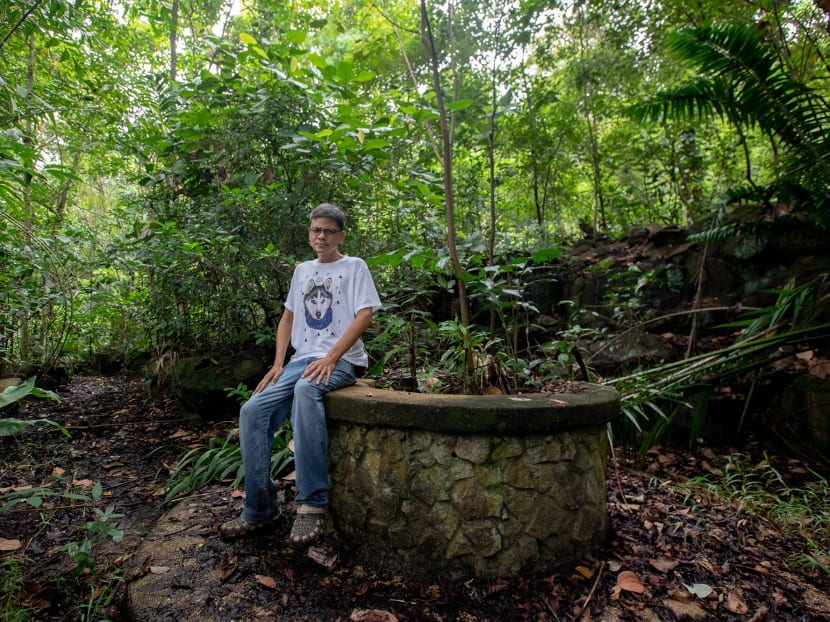
Mr Jimmy Tan poses for a photo at the abandoned Bukit Batok Hillside Park. The 47-year-old has launched a petition calling for a greater part of it to be protected from development.
- Several online petitions have been called to protect Singapore’s green spaces from rapid urbanisation
- Environmentalists say that while Singapore’s campaign to plant a million trees is laudable, it is not the remedy for deforestation
- Some younger environmentalists say Singapore needs a conversation to decide which it values more — development or conservation
- Both URA and NParks assured that greenery is an integral part of Singapore’s land use planning.
- The agencies said some sites marked for development will not be needed for some time, and will be kept green
SINGAPORE — There is a forest along Bukit Batok Road where one can be surrounded by lush vegetation, freshwater streams and the complex calls of tropical birds.
But nature enthusiast Jimmy Tan fears that the sounds of piling and drilling from a nearby construction site may be the death knell of this 17 hectare secondary forest, better known as the Bukit Batok Hillside Park area.
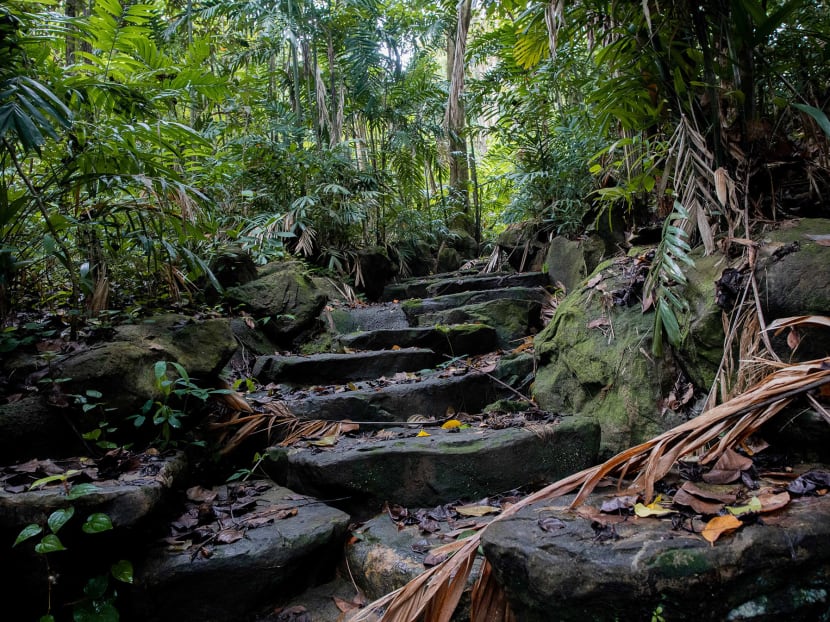
A portion of the forest used to be a park, though it has since been abandoned and retaken by nature. Traces of the past still remain, such as artificial rock steps and broken lamp posts.
As it is, a section of the forest has already been cleared for the upcoming West Scape @ Bukit Batok built-to-order project.
Across the road, large swathes of the Tengah forest — which nature groups previously called for greater protection — have already been cut down for a sprawling 700 hectare new town that is roughly the size of Bishan.
For this reason, Mr Tan, a 47-year-old Bukit Batok resident, launched an online petition about two months ago to save the pocket of greenery between Bukit Batok West Avenue 2 and 5.
The petition has garnered more than 2,000 signatures as of Nov 15.
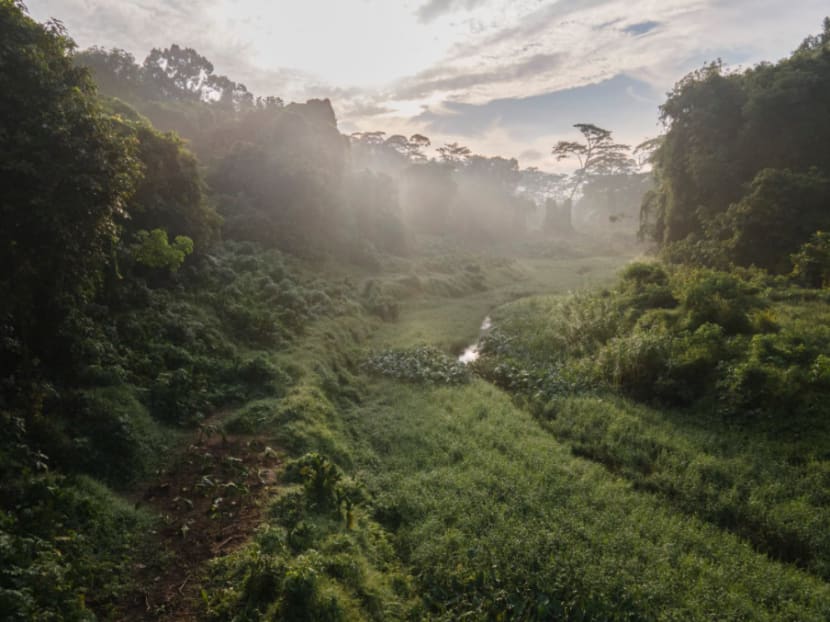
His is not the only one looking to save a patch of green from development. A petition to protect Clementi Forest has also been making its rounds after stunning images of the 85 hectare secondary forest went viral on social media.
The forest has been earmarked for residential development under the Urban Redevelopment Authority’s (URA) Masterplan 2019.
The petition received over 5,600 signatures in two weeks.
The people behind both petitions and other nature enthusiasts say that while the Government has plans to plant one million trees over the next 10 years to make up for lost forest, it is more important to conserve what we already have.
Mr Tan, a freelance writer and editor, said he put up his petition after the Housing and Development Board (HDB) called for public feedback when it published an environmental impact assessment (EIA) report earlier this year regarding the planned development work for Bukit Batok.
He submitted his feedback in the form of a blog that detailed his reasons for why the forest should be conserved, and was told by HDB that the area had been gazetted for residential and park use, he said.
He said he was also informed that the park will cover 8.9 hectares — more than half of the entire site of the existing forest.
“My concern is that even if HDB decides to conserve over 50 per cent of the forested area…it will still affect biodiversity to a large extent,” said Mr Tan.
He fears this disruption will have a ripple effect on the ecosystem as “all living things are interrelated”.
According to the EIA, 81 species of animals have been recorded inside the area, including five birds which are considered to be under threat such as the changeable-hawk eagle and the rusty-breasted cuckoo.
A total of 74 species of plants have also been identified, 10 of which are also under threat.
The authors of the report remarked that the forest may also serve as a refuge for some of these species, and noted that others such as the sunda pangolin or the colugo may be present as well.
More importantly, the report warned that proceeding with development works would have a significant impact on both flora and fauna.
While it will be possible, but challenging, to relocate wildlife, many plants will potentially be lost, it said.
“Although the survey area is a small...its potential role in maintaining connectivity for birds and other animal species cannot be discounted,” said the authors, adding that animals disturbed by the construction around the Tengah area may move over.
REPLANTING NOT A CURE-ALL
As part of efforts to mitigate forest loss, the National Parks Board (NParks) launched the One Million Trees initiative this year in a bid to reforest the city.
To date, more than 80,100 trees have been planted.
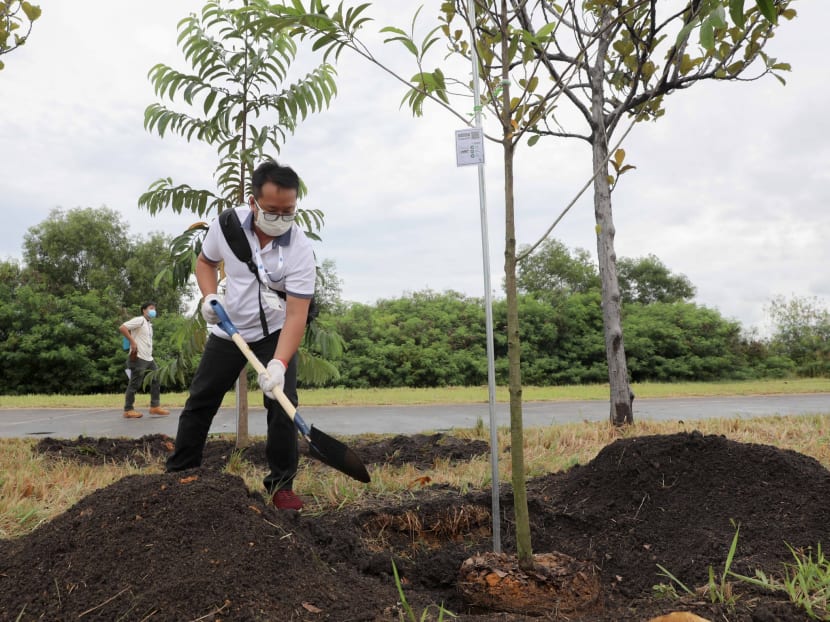
Dr Ho Hua Chew, Nature Society Singapore’s vice president, said he finds it hard to see how planting trees can address the issue of habitat loss for wildlife since they are likely to be in a smaller area.
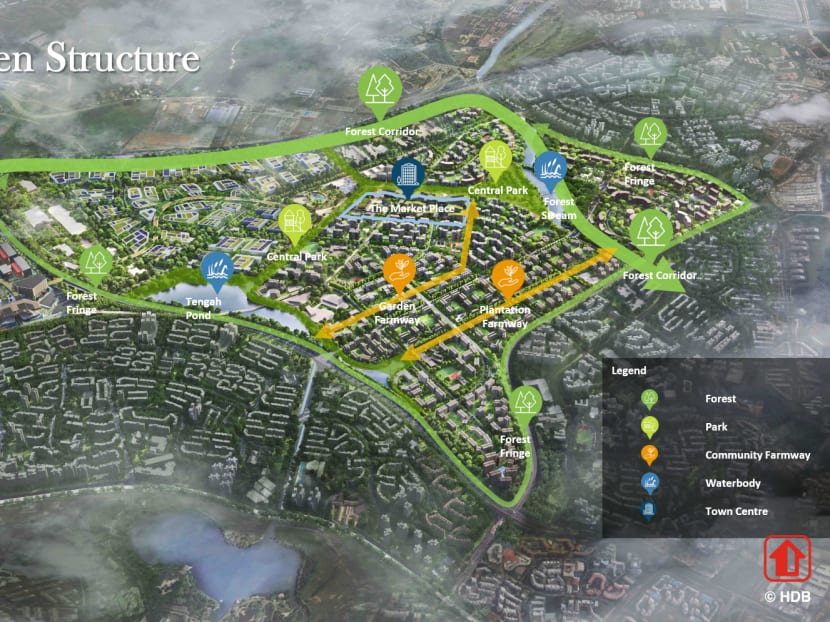
“When you clear a forest — say a mature secondary forest like Tengah — a whole eco-system with its diverse ecological niches and its interlocking food-web network...is destroyed.”
“The new plantings in the meantime will not be a substitute for the habitat that has been lost for that will take time, decades or centuries, to develop,” said the 74-year-old conservationist.
CONSERVATION CONVERSATIONS NEEDED
Mr Sankar Ananthanarayanan, co-founder of the Herpetological Society of Singapore, feels that it is almost a default that any space that is available on the island will at some point be given to development.
“Any kind of protection for the environment needs to be carved out from that default,” said the 25-year-old, who noted that forests also help with carbon capture — an important feature in an increasingly warmer planet.
Botanist Karl Png, the 23-year-old co-founder of the Singapore Youth Voices for Biodiversity, added that an increasing number of younger Singaporeans are concerned with the state of the environment because it affects their future.
“I think it’s selfish that leaders of today are saying, ‘Young people are great, they will solve the climate change crisis’ and then don’t do anything about it.
“Ultimately, they won’t face the consequences (of inaction)... but future generations will.”
What Singapore needs, said the environmentalists, is a conversation about what it wants for its future — do we value growth and convenience that comes with development over the intangible benefits of retaining what little green spaces are left?
Wildlife activist Vilma D’Rozario believes that the One Million Trees project would be better served by focusing on joining up forest fragments.
“But you have to leave patches of green along the way, otherwise what are you linking?” said the 63-year-old member of the Singapore Wildcat Action Group.
GREENERY IS INTEGRAL TO PLANNING
In response to TODAY’s queries, both NParks and URA assured in a joint-statement that greenery is an integral part of Singapore’s land use planning, and they will set aside land for it.
“While there may be some sites which are needed for development, others do not have plans for quite some time to come, and we will ensure they remain green,” read the statement.
Referring to Clementi Forest specifically, URA said there are no immediate plans for residential development even though the site has been zoned “Residential (Subject to Detailed Planning)” since the Master Plan 1998.
Currently, Singapore has 7,800 hectares dedicated to green spaces, including nature reserves, parks, gardens and streetscape greenery. This is about 30 per cent more than what was set aside 20 years ago.
Under the Master Plan 2019, Singapore can expect another 1,000 hectares of parks, gardens, and park connectors over the next 10 to 15 years, including the new Sungei Buloh Nature Park Network.
Such nature park networks form buffers surrounding key conservation areas, said the agencies.
Where there are new developments close to sensitive areas, it said agencies will work closely with stakeholders to minimise the potential impact of development on our natural environment.
This includes conducting robust environmental studies and implementing the necessary mitigation measures to ensure that works are done in an environmentally sensitive manner, the statement read.
“We will protect our natural heritage so that it continues to thrive in our city in nature,” it said.
Mr Tan hopes this is indeed the case.
“There is a saying that the greatness of a nation is measured in how we treat the weakest,” he said.
“And the animals, they don’t have a voice, so they are the weakest.”











